Denmark: Anaesthetics prior to piglet castration
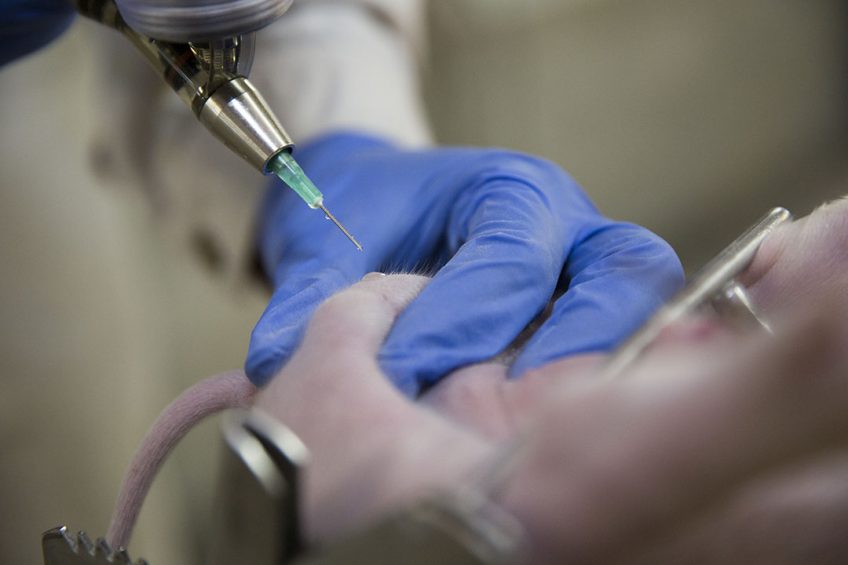
The Danish pig industry will start castrating its piglets with the usage of anaesthetics as from 1 January 2019. That has been included in the Danish chain quality system.
The Danish pig industry will have to use the compound procaine when applying local anaesthetics. In order to be able to apply it correctly, the majority of Denmark’s pig producers and their employees have followed a course, according to Lotte Skade, Danish Pig Research Centre SEGES.
She explained that about 5,000 people had to take a course to be allowed to locally anaesthesise a piglet – and virtually all have done so. Per pig farm, it was advised for 2 people to follow the course to apply the anaesthetics.
A course to anaesthesise piglets
The course was developed by the Pig Research Centre. It was offered by Danish veterinarians to be given on-farm and consisted of 2 components. First, the pig producers and their employees would receive about 1.5 hour of theory lessons. Secondly, all would go into the pig house to anaesthesise 10 piglets and to castrate them subsequently. The exact price will have depended on the veterinary practice; according to Ms Skade, for a pig producers a course like this may have cost about € 150.
The practice of anaesthesising does come with certain skills, said Ms Skade. She explained that the compound procaine has a comparable effect to anaesthetics at the dentist’s. The needle will have to be placed twice, once inside each testicle, until the spermatic cord.
Emptying and withdrawing the needle
The trick is to slowly empty the injector and simultaneously withdraw the needle, making sure that the procaine gets neatly dispersed over the entire area which will be taken away. About 5 minutes after the injection, the area will be insensitive and the factual castration can start. The entire operation will have to happen within 30 minutes of the application of the injection. It is easiest to fixate a piglet during the injections, Ms Skade said.
Ms Skade added that 2 injections inside testicles are much less radical than castrating without the prior usage of any anaesthetics. That can be seen very clearly from the way the animals respond to the operation – and Ms Skade said she has the impression pig producers see that too.
Costs are € 0.70 per piglet
For Danish pig producers it will mean getting used to the practice in 2019. They will have to find a working method for all this without it costing too much extra time. At the Pig Research Centre, the extra treatment will cost about € 0.70 per male piglet. This amount will drop as soon as pig farmers will develop more anaesthetics skills and as soon as the processing can be done routinely.
Not allowed to sell castrated piglets without anaesthetics use
For Danish pig producers, there is no way around the anaesthesising of male piglets. They simply are not allowed to sell pigs when they fail to apply anaesthetics prior to castration – something that is being scrutinised during audits. Plenty of the procaine compound will have to be present on-farm and farmers will have to document how often they castrate and how many piglets were castrated. The measure also applies to farmers producing weaner pigs for the exports. For instance, the German quality scheme for food (QS) states clearly that imported weaner pigs have to comply with quality standards in the country of origin.
Ms Skade expects that castration with usage of anaesthetics will be a stepping stone on the road to a total ban on castration. Currently, about 5% of Danish pigs are not being castrated at all. From the point of view of animal welfare, no castration at all would be the best solution – something that is not possible yet in practice as Danish processors do not have any market for more boar meat.
Germany and piglet castration
In neighbouring Germany, castration has been a difficult issue this autumn as well. After lengthy debates, it was decided that German pig farmers are allowed to castrate without anaesthetics until 2021. After that date, German pig producers are allowed to use isoflurane, a gas that will completely anaesthesise the pig.

Also in Belgium, initiatives have been launched recently to market castration-free pork
 Beheer
Beheer

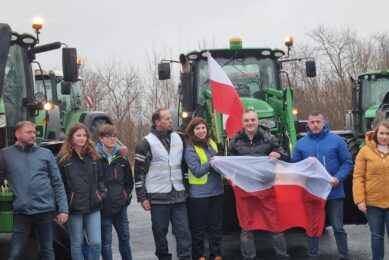
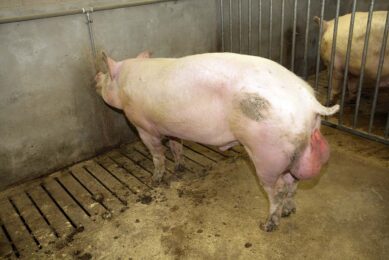
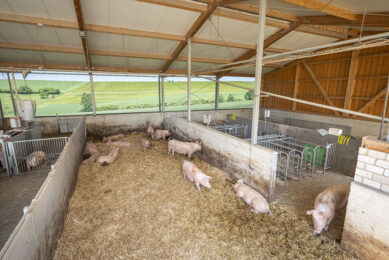
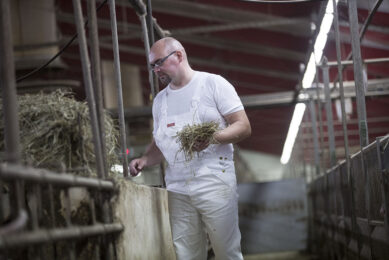



 WP Admin
WP Admin  Bewerk bericht
Bewerk bericht